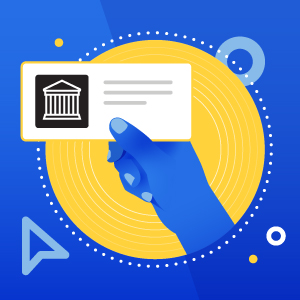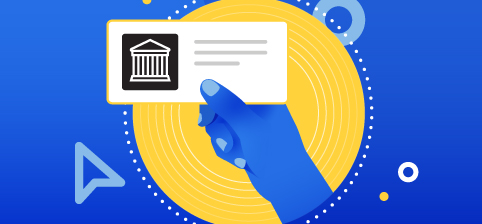Personalized customer experiences have been a primary focus of US policy over the last few Administrations. President Trump made it a part of his President Management Agenda, and President Biden released an Executive Order mandating a transformation of the “Federal Customer Experience.” Further policies, including the 21st Century IDEA and the IT Modernization Act, provide additional sources of funding and policy to help governments address these rising customer needs, and while they have been around for a few years, they are still required to be fully implemented. Agencies need to take advantage of this momentum to continue improving citizen experiences and “recommit to being ‘of the people, by the people, [and] for the people” in order to solve the complex 21st century challenges our Nation faces.”
Building on the Foundations
During the COVID-19 pandemic, agencies across the US quickly stepped up and adapted to a rapidly changing world with rapidly changing requests coming from their constituents. Unemployment and labor issues, health and safety concerns, social services, childcare and schooling, and even more all immediately increased in scale for both requests for services as well as requests for reliable information. What was previously done largely in person now had to be done – by necessity – at a distance. Agencies began to lay the digital foundations which were necessary to adapt to this new normal. New landing pages for up-to-date Health information, portals for testing and vaccine distribution, digitized enrollment processes for social services and unemployment insurances, as well as relevant and personalized communications with residents, were all adapted to this new personalization at a distance.
Now that it has been a few years since the beginning of the pandemic, there is an opportunity for agencies to build upon these foundations that have been laid. By making interactions with the government easier, there is a corresponding increase in interactions that can help set the scope of where to move forward. Once a process has been fully digitized the next step would be personalization. Focusing in on the personalization of the customer experience not only promotes the kind of participation in our civic lives that the US was founded on but also promotes equity and accessibility through accounting for the unique needs of people with disabilities.
 Personalization and Accessibility
Personalization and Accessibility
Tim Berners-Lee, W3C Director and inventor of the World Wide Web, once said, “The power of the Web is in its universality. Access by everyone regardless of disability is an essential aspect.” So it should come as no surprise that one of the requirements of the 21st Century IDEA is that as agencies modernize their websites, services, and forms, they must comply with the Web Content Accessibility Guidelines (WCAG) standard that was established in Section 508 of the Americans with Disabilities Act (ADA). The following principles are the guiding standards of the WCAG: Perceivable, Operable, Understandable, and Robust. This means that all these government services should have the ability to be easily viewed and used by anyone with a disability – such as no or limited vision; colorblind; physical, cognitive, or learning disability; and no or limited hearing – as well as any able-bodied residents with limited access to the service in question – such as rural communities, the elderly, or even those with limited bandwidth and/or mobile-only access.
Being truly accessible means more than simply purchasing or developing technology that is accessible itself; it means taking the entire process and thinking about it through the lens of accessibility and personalization. It requires having employees who are responsible for managing the different touchpoints and interactions between the customer and the agency and understanding how these customer journeys can be further personalized. It means delivering content that is individual for each constituent – based on personal needs, preferences, and abilities and each touchpoint and interaction within that journey.
The Future of Personalized Experiences for Government
It should no longer come as a shock that the need for government to provide modern and accessible digital experiences is here to stay. This opportunity for agencies allows for them to incorporate all of these digital foundations, the policies being put out, and the web standards being designed into a truly personalized and accessible digital experience. Look for ways that employees who are responsible for Section 508 and ADA compliance can work hand in hand (and receive funding from) the teams that are responsible for implementing the 21st Century IDEA, Biden’s Executive Order, and all the other associated policies with customer experiences. The future of government experiences is one in which, no matter who you are, where you are, or what you need, you have the freedom to engage in a truly personalized manner with your government.
View Adobe’s webinar to learn more about creating personalized customer-centric digital services.







